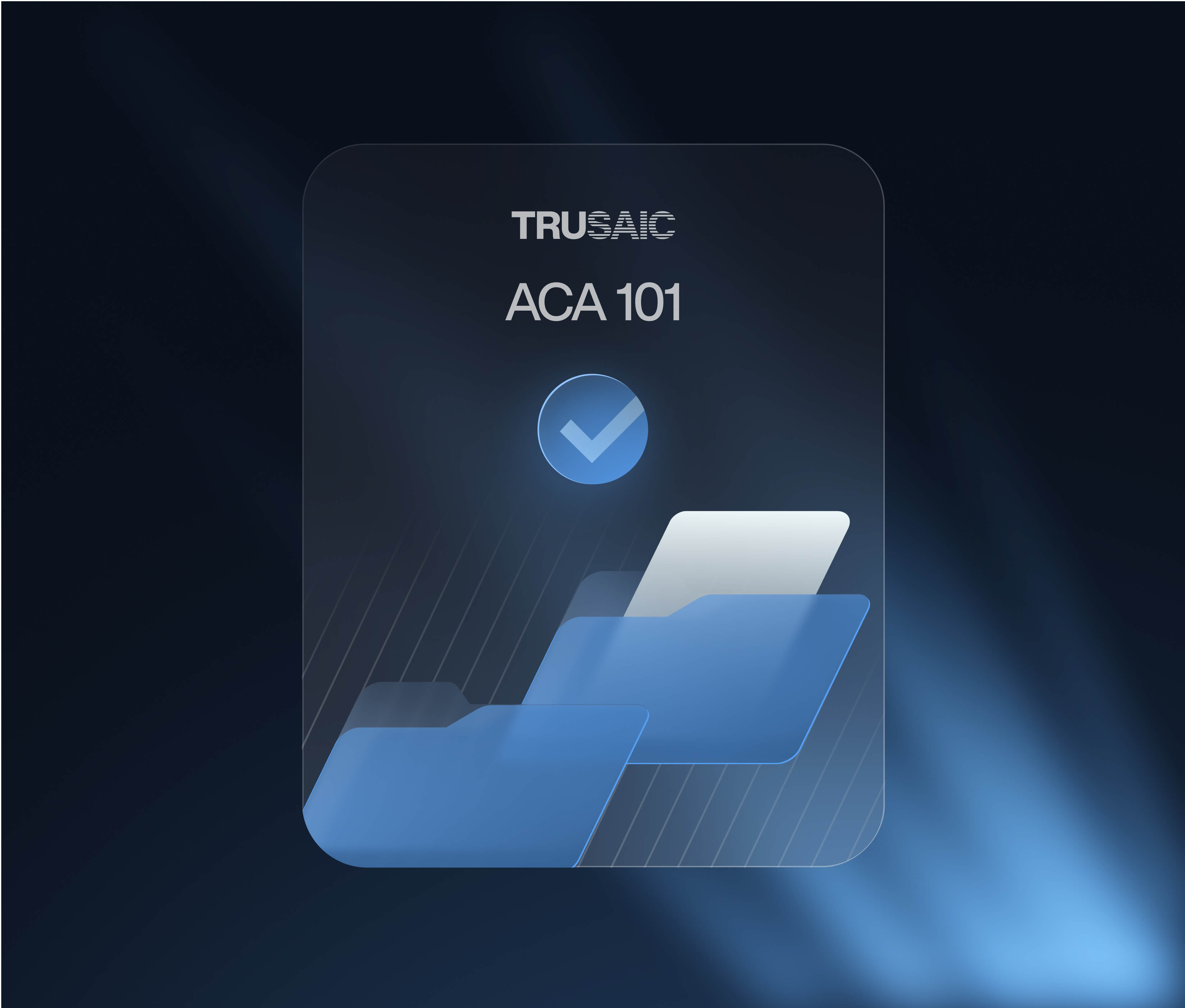The Equal Employment Opportunity Commission (EEOC) has released its newest Strategic Enforcement Plan (SEP) draft. What does this mean for employers?
For some, it will mean changing recruitment and payroll practices to adhere to new EEOC and SEP policies. Will your organization be ready?
There’s a lot to know as you prepare for increased scrutiny from the employment agency. See below for more information.
What Is the SEP?
Every five years, the EEOC releases a Strategic Enforcement Plan (SEP). The newest Strategic Enforcement Plan will be in effect from 2023-2027. This plan outlines the EEOC’s enforcement priorities for the next period. The Commission’s goal is to eliminate unlawful discrimination and promote equal opportunity employment for all.
Where can I find the full 2023-2027 Strategic Enforcement Plan?
You can access the current draft of EEOC’s SEP on the federal register website. The EEOC has also supplied a video of recent hearings related to the SEP on its YouTube page.
EEOC and SEP Guidelines for an Equitable Workplace
For 2023-2027, the SEP will emphasize six major subject matter priorities, which are as follows:
1. Eliminating barriers in recruitment and hiring: Certain recruitment practices intentionally exclude particular demographics or individuals. These include using artificial intelligence and automation to exclude protected groups from viewing/applying to job advertisements, and limiting an employee to temporary work when they are qualified for an open permanent position. The EEOC will work to identify and eliminate these and other practices.
2. Protecting vulnerable workers and persons from underserved communities: The EEOC’s district offices and federal sector program will identify vulnerable workers and underserved communities in their districts. They will work to address the issues affecting them, such as job segregation, disparate working conditions, and labor trafficking. The 2023-2027 SEP will expand the vulnerable worker priority to include additional categories of workers.
3. Addressing selected emerging and developing issues: New issues related to employee inequity have arisen since the previous SEP was published. Most notably, the COVID-19 pandemic has given way to a new brand of workplace discrimination. The EEOC will also prioritize the protection of individuals affected by pregnancy and disability.
4. Advancing equal pay for all workers: One of the goals of the EEOC and SEP is to eliminate employer practices that cause pay disparities. Unlawful practices include:
- Punishing employees for inquiring about or sharing salary information with coworkers
- Requiring prospective employees to state their desired pay while applying for a job
- Using an employee’s pay history to determine their salary
5. Preserving access to the legal system: The EEOC will target practices that keep employees from exercising employee rights, as well as practices that interfere with the EEOC’s efforts to enforce those rights. For example, the Commission will target overly broad waivers and non-disclosure agreements, unlawful arbitration provisions, and employer failure to keep or disclose employee data.
6. Preventing and remedying systemic harassment: Allegations of harassment made up over 34 percent of the charges of employment discrimination the EEOC received between 2017 and 2021. With this in mind, the Commission will bolster the promotion of comprehensive anti-harassment programs and practices. It will continue to enforce anti-harassment policies with monetary and equitable relief.
Employers should take note of these priorities, and make changes as needed to comply fully with the EEOC and SEP. Below, you’ll find steps you can take to ensure your organization follows the new SEP guidelines.
How to Comply with the EEOC’s SEP
Part of the EEOC and SEP prerogative is identifying employers that violate equal employment regulations. Here’s what to do in order to keep your organization in the clear:
- Review policies to ensure they don’t discriminate against protected groups
- Train HR supervisors to comply with federal and state EEOC laws
- Educate employees on anti-harassment policies
- Stay abreast of changes to federal and state legislation
- Collect and store relevant data according to federal and state laws. (Important for addressing any EEOC enforcement actions).
- Conduct a pay equity audit
When it comes to compliance with EEOC policies, proactivity is key. Accurate data and efficient data processes are crucial, no matter how large or small your organization may be. Clean data will also be your best defense in the event you receive a charge of discrimination.
As the EEOC and SEP continue to promote and enforce pay equity, employers are searching for ways to safeguard against litigation. The best way to do this is to identify pay disparities with a pay equity audit.
PayParity software streamlines this process by providing an automated, comprehensive analysis of your workforce’s pay data. PayParity also includes ongoing diversity tracking and pay monitoring to ensure your organization stays compliant with EEOC and SEP regulations.








